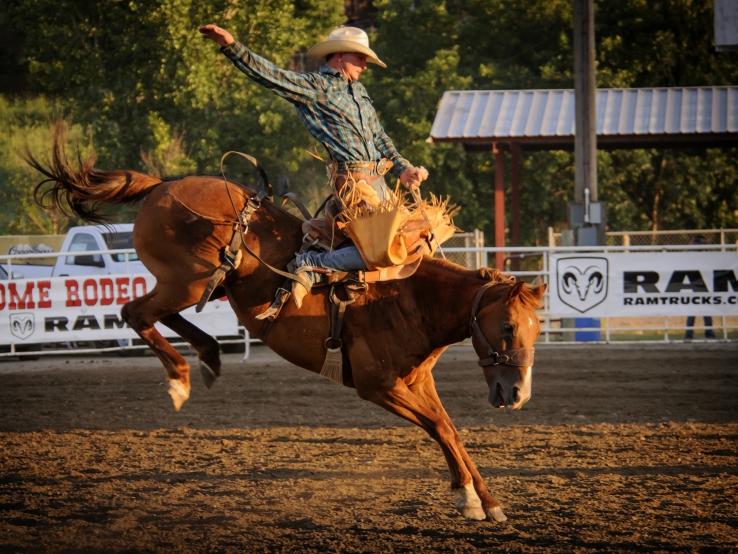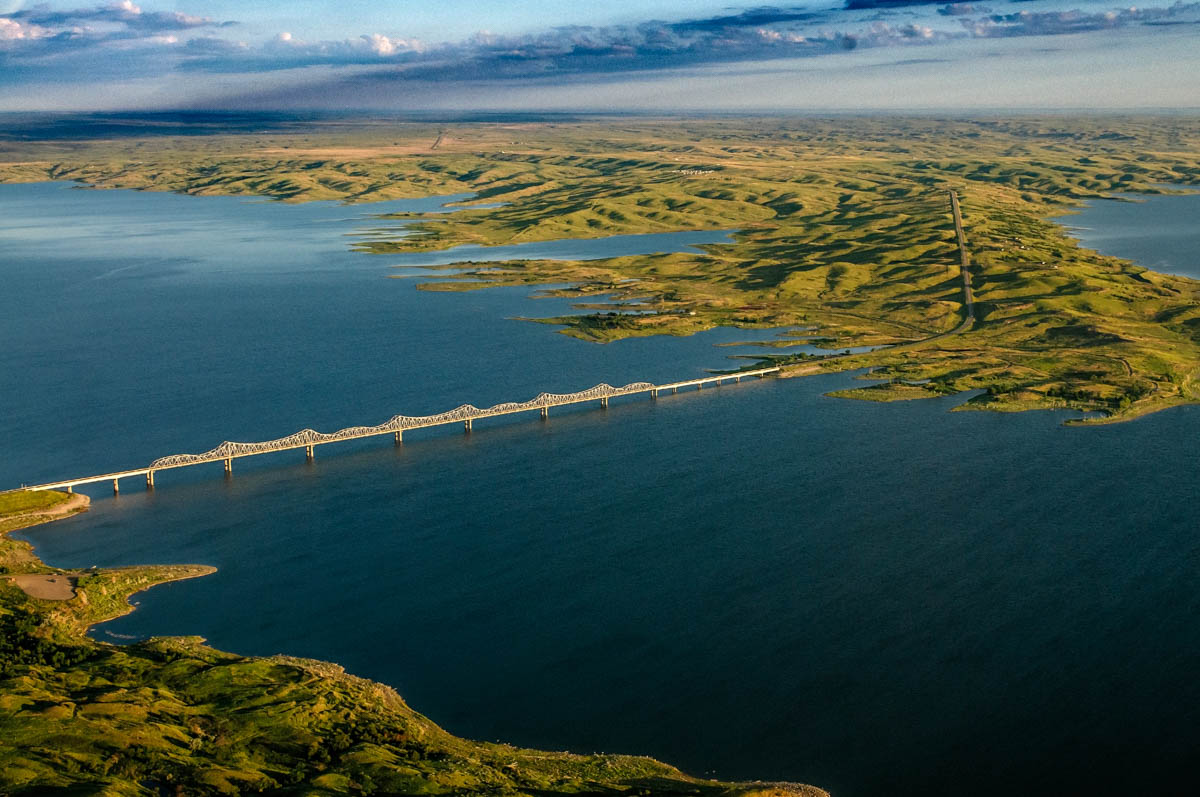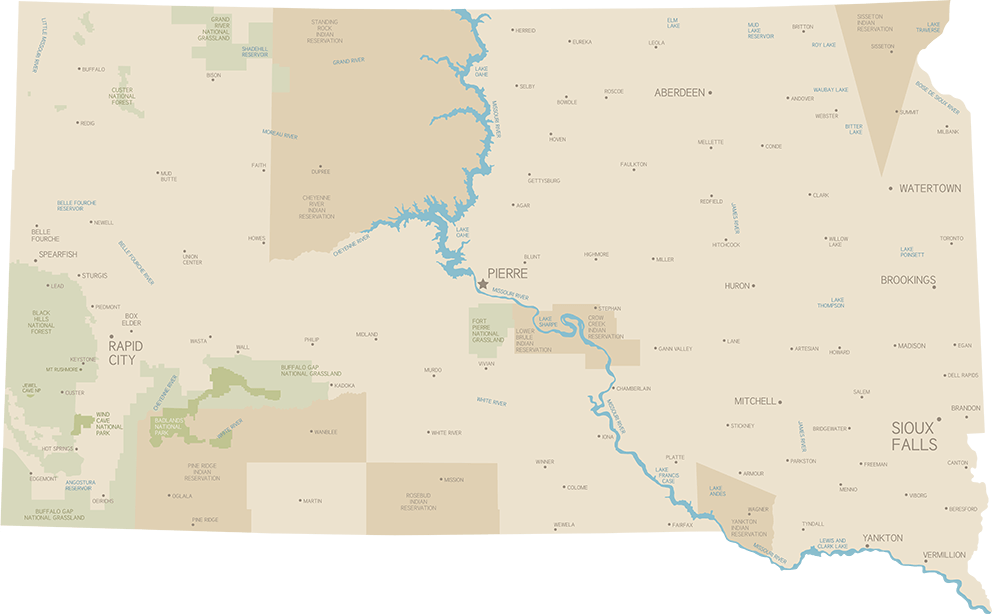Wildlife
Home to a wide variety of wildlife, major bird migratory routes run straight through the middle of the state, making it a prime spot for hunters and birders.
Ring-necked pheasants and majestic bald eagles can be seen year-round. Quite a few badgers, beavers, and prairie dog are also running around, making burrows, dams, and underground towns. Herds of buffalo, deer, goats and antelope roam the grasslands and hills. Whenever you encounter a wild animal, it is important to be respectful and safe. Do not feed any wildlife and always maintain a safe distance from large animals.
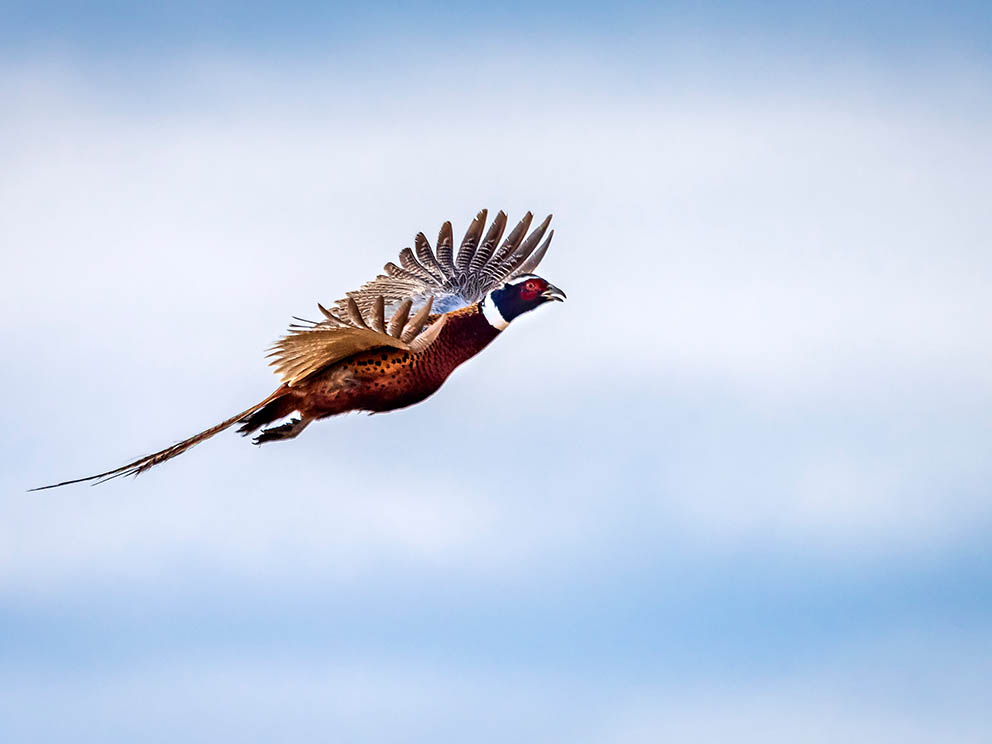 Pheasant
PheasantPheasants are non-native to South Dakota, or even North America. Pheasants were brought to North America from Asia back in the 1880s. South Dakota was prime habitat for these birds due to wide expanses of prairies and grasslands, and now the state has become one of the top destinations for pheasant hunting in the country. Male roosters are known for their long tail feathers and stunning bright colors on their necks and heads. Even if you aren’t here for hunting you will likely spot a pheasant flying out of a field or sitting on the edge of a field.
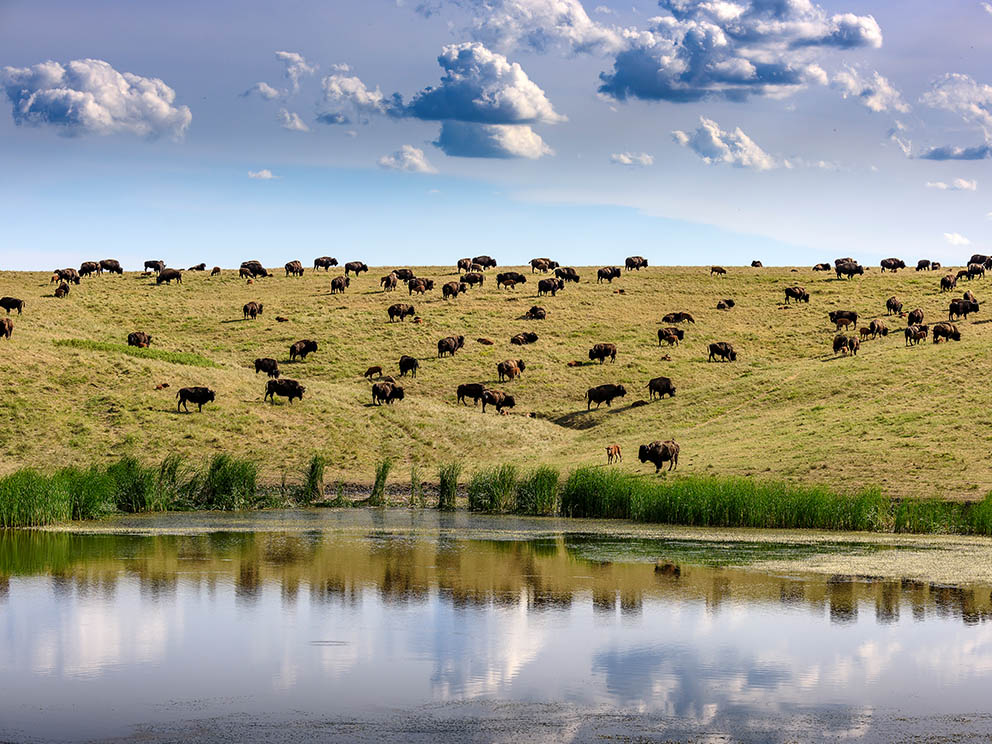 Bison
BisonAmerican Bison have roamed the Great Plains since long before settlers arrived in the area. By the end of the nineteenth century, less than 1,000 bison remained in the wild. Since then, conservation efforts have been put in place and the population of wild buffalo is starting to increase. Bison are truly stunning animals with their dark shaggy coat, enormous head and shoulders, and can grow upwards of 3,000 lbs! If you come across a bison on your trip to South Dakota, maintain a safe distance and don’t disrupt the fluffy cows.
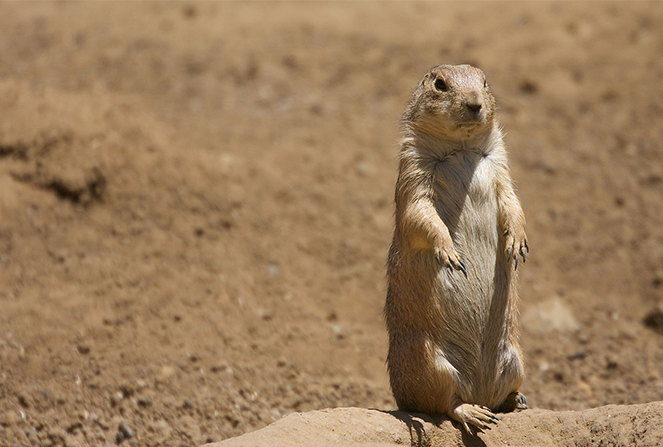 Prairie Dogs
Prairie DogsWhen you’re driving through South Dakota you may have noticed areas of land filled with holes, and if you look closely you may see a tiny head sticking up out of those holes. This is what is called a Prairie Dog town and they are extremely common throughout South Dakota. Prairie Dogs are part of the squirrel family and they live in large underground colonies. Prairie Dogs can be hunted and trapped in the state.
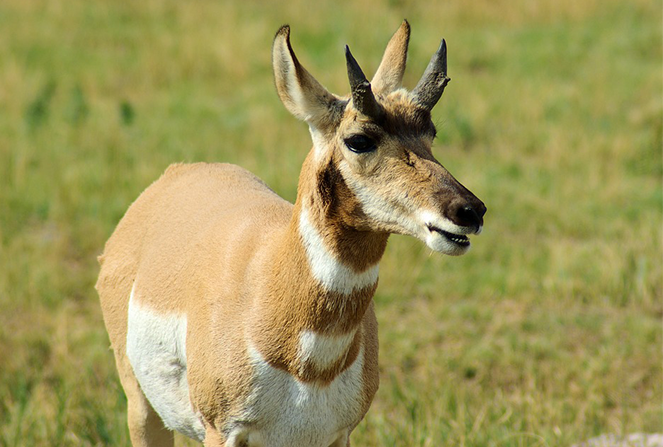 Antelope
AntelopePronghorns, more commonly referred to as antelope, exist in most counties west of the Missouri River. The rolling terrain allows good visibility for the antelope as well as a variety of plant species to forage. You may also be able to spot antelope in agricultural lands, specifically wheat and alfalfa fields. Keep your eyes peeled because antelope are the fastest land animal in North America, and can run 60 mph! A 2-day-old fawn can outrun a grown man, and at 4 days old they can outrun a horse. South Dakota does have designated archery and firearms season for antelope.
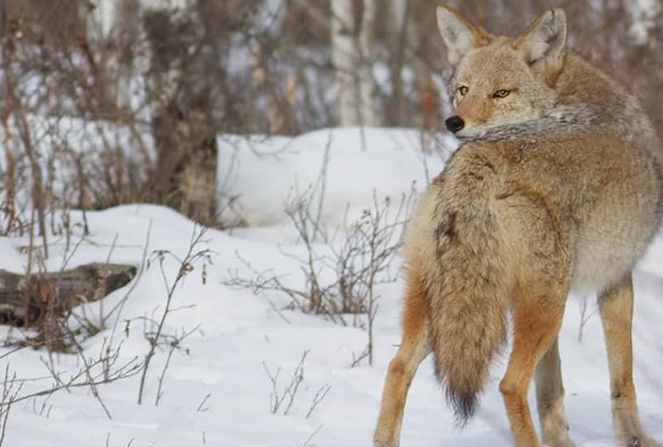 Coyotes
CoyotesCoyotes are native to South Dakota and prefer living in areas with tall grass, wooded areas, and near water. Coyotes are difficult to spot as they are most active during the night and rest during the day. Even if you aren’t able to find a coyote, you may hear them howling at night. Coyotes have a varied diet but particularly eat small mammals. Coyotes aid in controlling the population of various critters, but can pose an issue to farmers and ranchers when they attack their livestock. In 1949 the Coyote was named the state animal of South Dakota.
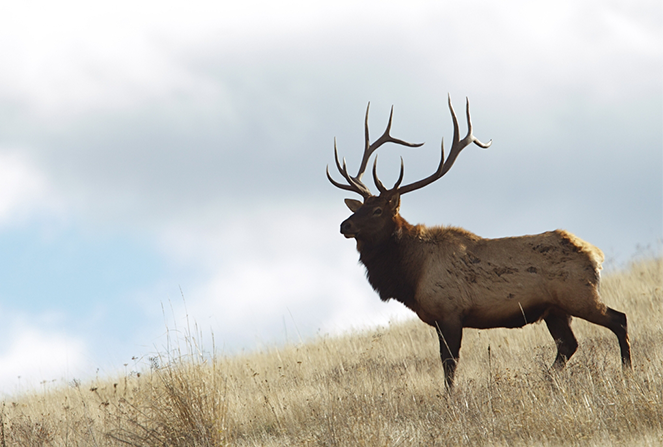 Elk
ElkElk is one of the largest species in the deer family and one of the largest mammals in North America. Elks have a shoulder height of 4 feet and can reach up to 8 feet in length. Male elk have antlers that they shed each year. A male elk’s antlers can grow 2.5 centimeters each day! Elk hunting in South Dakota is extremely popular, but also highly competitive. Only South Dakota residents can apply for an elk license and a very limited number of licenses are given out each year. Currently there are over 6,000 wild elk in South Dakota.
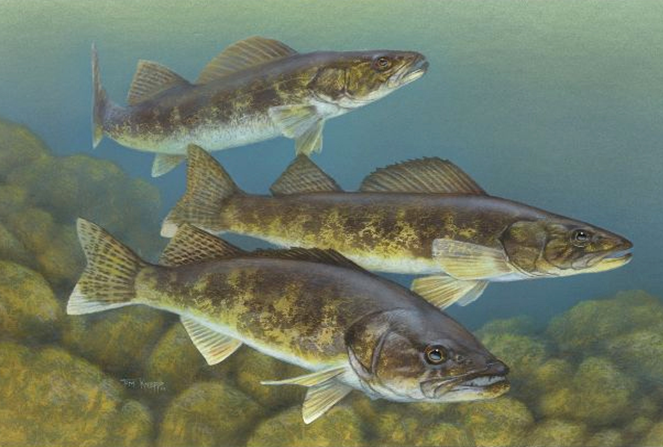 Walleye
WalleyeSouth Dakota’s Missouri River is famous for walleye fishing. It is a staple fish at restaurants and a favorite catch for most anglers on the Missouri. Many fishing guides are experts in catching trophy-winning walleye. They are widely stocked at fisheries and can be caught throughout the state.
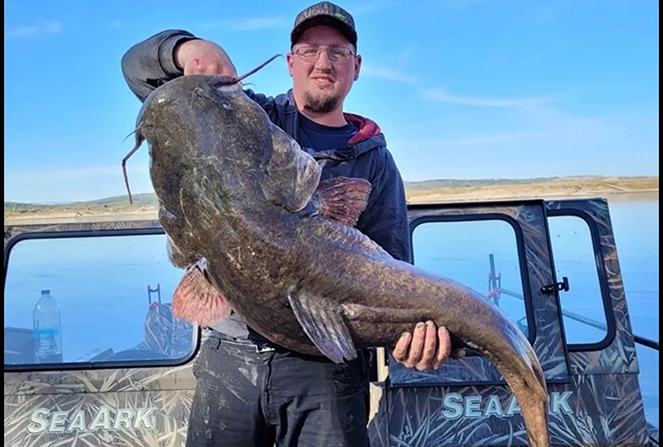 Catfish
CatfishThere are many areas in the Missouri for catfish to thrive; they prefer warmer waters and avoid fast currents. Catfish have extremely sharp barbs and fins that can easily cut through skin, and some are actually poisonous so they should be handled with care. The Missouri boasts record-breaking catfish, some weighing over 100 pounds!






